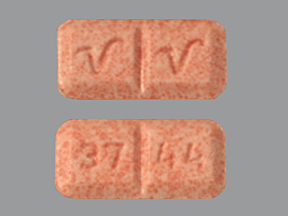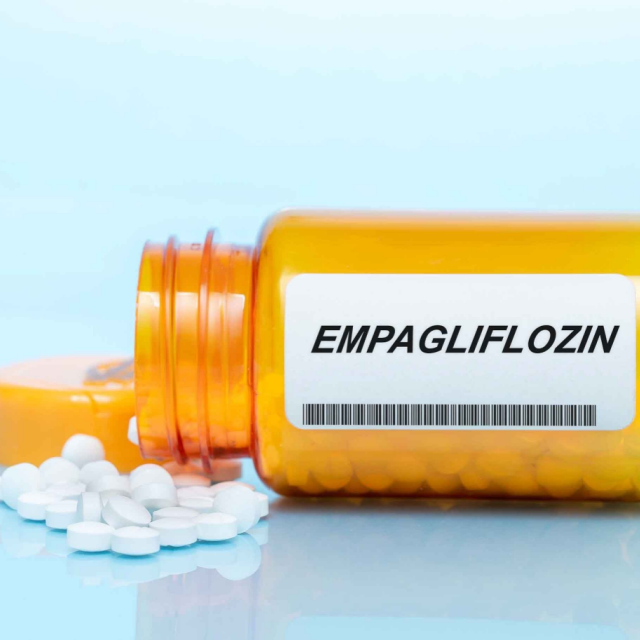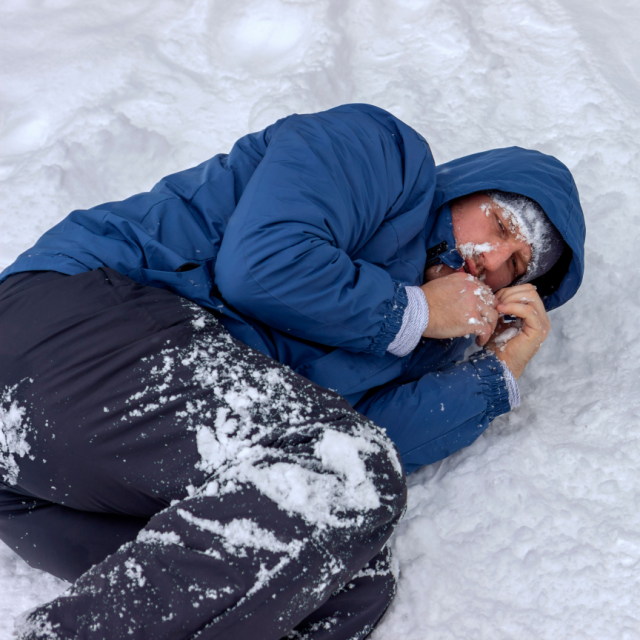Can you identify this pill?

|
alprazolam
|
|
pravastatin
|
|
buspirone
|
|
glimepiride
|
A 73-year-old male patient with a history of afib, heart failure, hypercholesterolemia, and type 2 diabetes presents to his PCP for a discussion about intensification of anti-hyperglycemic therapy because his A1c isn’t at goal. Current meds include apixaban, sacubitril/valsartan, atorvastatin, and metformin. The clinician and patient together decided to initiate therapy with the SGLT2 inhibitor empagliflozin. Owing to a potential for a drug-drug interaction between empagliflozin and one or more of his existing meds, which of the following should be closely monitored in this patient?

|
Serum potassium level
|
|
Blood pressure
|
|
CK and symptoms of myopathy
|
All of these statements about hypothermia are true, EXCEPT for

|
If a person's temperature is below 95 degrees, they need immediate medical attention.
|
|
Severe hypothermia begins when the core body temperature is 82 degrees or lower, with symptoms that include bluish skin, dilated pupils, slowed pulse and breathing, low BP and loss of consciousness.
|
|
True hypothermia only happens at freezing temperatures of 32 degrees Fahrenheit or below.
|
|
Hypothermia symptoms in adults include shivering, exhaustion, confusion, fumbling hands, memory loss, slurred speech and drowsiness.
|
|
Infants and older adults are at an increased risk of hypothermia as they have a harder time maintaining their core body temperatures and tend to make less body heat.
|
